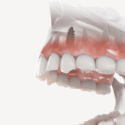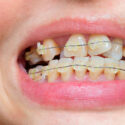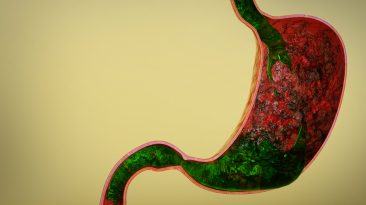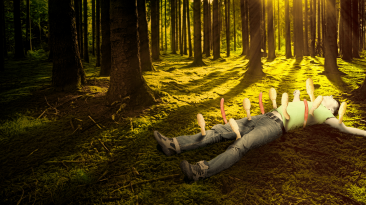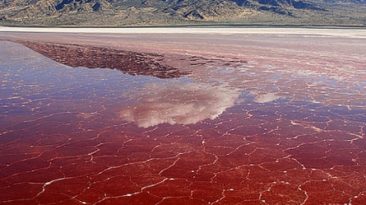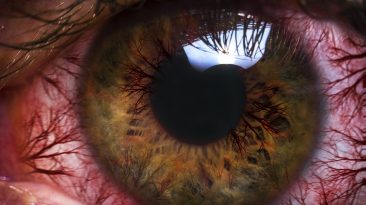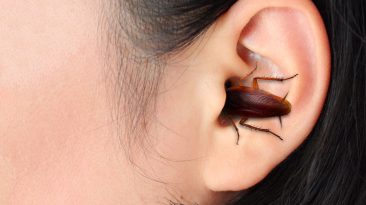At Yellowstone National Park, all that stands between you and a pool of boiling, rotten-egg-smelling, acidic water is a humble boardwalk. And your good judgment. Stray off the path and you could be headed toward quite the swim. Heads up. Scorching temperatures would be just the start of your problems.
How long could you survive your accidental dip? How would it feel to swallow these colorful waters? And why might there not be anything left of you to save?
Yellowstone National Park is one of the most iconic in the U.S. And it’s situated atop a volcanic hot spot. If you decided to take an off-trail hike, you could accidentally walk right into Emerald Spring. This hot spring is located in the Norris Geyser Basin. And it looks spectacular. Except you’d notice the visuals don’t make up for the stench.
You’d catch a whiff of what smells like rotten eggs. That’s the result of sulfur-eating microorganisms that create sulfuric acid. The acid evaporates and turns into hydrogen sulfide gas, which gives off a putrid aroma. Get a little closer and you’ll be able to feel that the green waters are hot. Sizzling hot. There’s no way you’d want to even stick a toe in them. But that might not be up to you.
As you approached the dazzling-but-stinky hot spring, the ground around it would seem solid. (Peter – suspenseful pause) And then you hear a crack. The ground at your feet gave way to your body weight. You were standing on a delicate crust formed by underground minerals, dissolved by the water and then redeposited on the surface of the spring. All of this made the crust as thin and fragile as a sheet of ice.
Your whole body would be completely submerged. You’d now understand why the word “hot” in “hot springs” is not an understatement. The blazing temperatures, hitting 82 °C (180 °F) in places, would send a sharp pain through your skin. That’s dangerously close to water’s boiling point. For context, temperatures of 50 °C (120 °F) can give you third-degree burns in five minutes.
If you fell into Emerald Spring, chances are you’d be dead in three minutes or less. Before things get really nasty, you could try to push through the pain and pull yourself out of this mess. Even then, the outcome wouldn’t be pretty. You would end up in a hospital in critical condition, clinging to your life. But if you didn’t make it out in time, you’d begin to boil from the inside out. And this would just be the agonizing start of your very unavoidable demise.
See, hydrothermal vents help turn Emerald Spring into a potent acid bath by perpetually infusing it with chemical microbes. On top of that, microorganisms compound the problem by breaking off pieces of surrounding rock and adding sulfuric acid to the pool. All that makes falling into Emerald Spring the near-equivalent of dousing yourself with hydrochloric acid.
When Emerald Spring’s water touched your skin, it would cause your tissue to swell and bubble. If it wasn’t for your gurgling you’d be able to feel the popping of your exploding blood vessels. You’d start to bleed out. The fat under your skin would also begin to bubble. If your lifeless body wasn’t pulled out in time, all that will remain of you would be a thick coat of blood, fat and tissue, floating on top of the emerald green water.
After a 23-year-old man fell into a hot spring in the Norris Geyser Basin, authorities had to delay retrieving his body due to a thunderstorm. The next day, nothing of the unfortunate visitor’s body remained. Urban legend has it all the authorities found were his wallet and flip-flops. Sadly, he’s just one of 22 people known to have died from hot spring-related injuries in and around Yellowstone since 1890.
In a best-case scenario, you would end up in critical care battling third-degree burns. Worst case, you’re dissolved into a fizzy goo. So follow the park rules and don’t wander off the designated paths. Of course, that will never guarantee your safety. After all, Yellowstone Park does sit on top of an active supervolcano. And it might be ready to erupt any day now.
Sources
- “Man Severely Burned After Tripping, Falling Into Hot Spring at Yellowstone National Park”. 2019. ktla.com.
- “Oregon man’s gruesome hot spring death highlights problems at Yellowstone”. Matthew Brown. 2016. komonews.com
- “Winter’s Cauldron – MSU Library | Montana State University”. 2022. lib.montana.edu.
- “An Acidic Hot Spring In Yellowstone ‘Dissolved’ A Tourist — And It’s More Common Than You Might Think”. Lindsay Dodgson. 2016. businessinsider.com.
- “Man Who Fell Into Yellowstone Hot Spring Completely Dissolved Within A Day”. Robin Andrews. 2016. iflscience.com.







